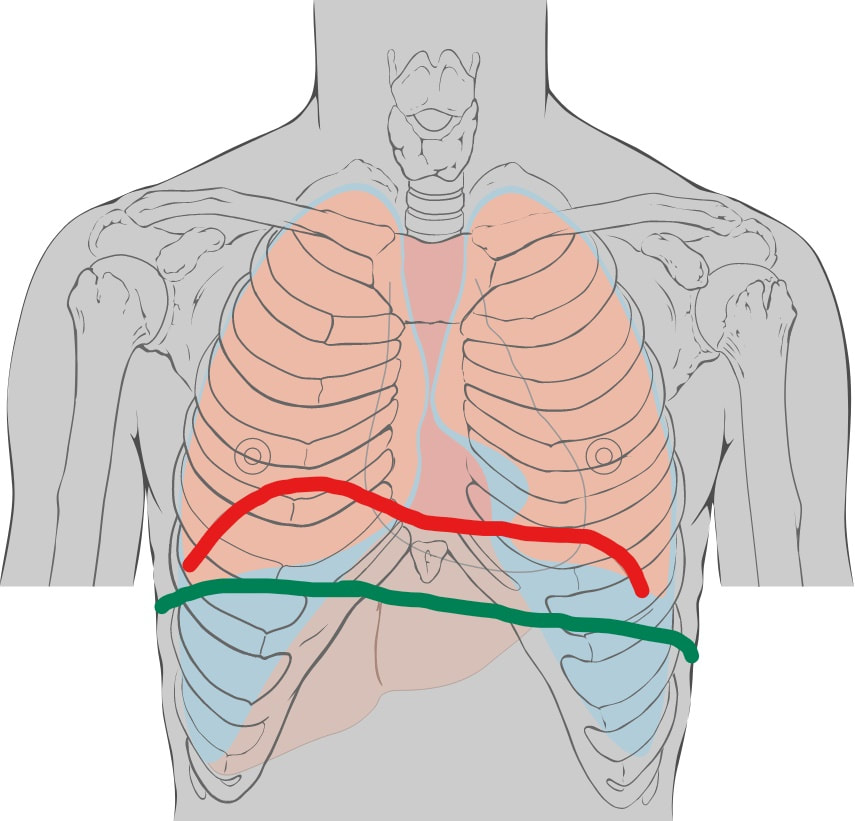Elaina Robbins, Singer and Voice Teacher
|
Disclaimer: The following article contains my thoughts and opinions. This is not to be construed as medical advice or the only way to think about these concepts. There are as many ways to teach voice as there are voice teachers, and all of them are valid. Interested in beginner singing lessons? If so, one of your key concerns may be learning how to sing in tune. You may even be worried that if you can’t naturally sing in tune, there’s nothing you can do about it. This is not true! In my Fort Wayne voice lessons and online voice lessons, I have helped many students with this specific issue. Confusion about how to sing in tune can be one of the most emotionally difficult issues for singers, but with the right routine, you can learn how to sing in tune. It’s been my privilege to watch students go from having no idea how to match a pitch to accurately singing a song. Here’s how they learned how to sing in tune—and how you can as well. Why It’s Hard to learn how to Sing in TuneWhy do so many people have to learn how to sing in tune? While it’s true that some singers know how to sing in tune naturally, many others can’t quite figure it out. That’s because the physical process of singing in tune is pretty complicated. There are quite a few things that have to happen in order to accurately sing a pitch. Here’s the basic process of how to sing in tune:
Yikes! If you can’t naturally figure out how to sing in tune, I hope this makes you feel a bit better. As students in my Fort Wayne voice lessons quickly learn, this is a complex process that involves multiple steps. That’s why, to learn how to sing in tune, you have to keep this muti-step approach in mind. How to Sing In Tune: |






 RSS Feed
RSS Feed
